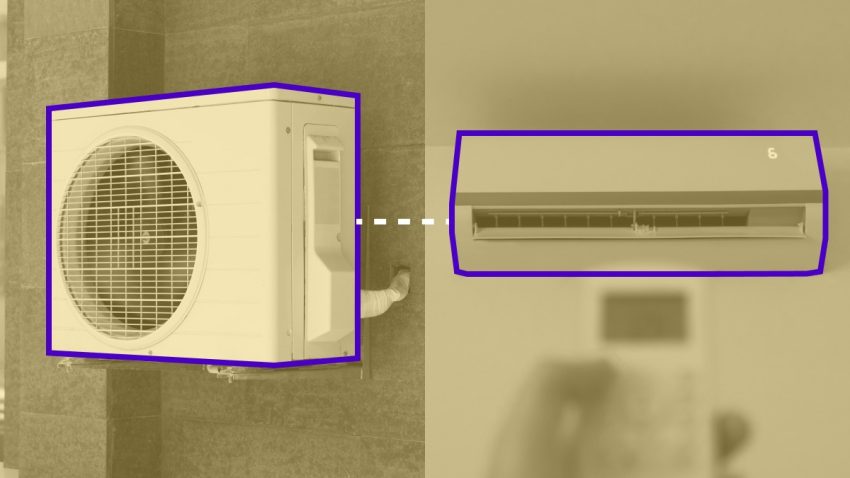When it comes to cooling small rooms and studios efficiently, mini split air conditioners have become a popular choice due to their compact design, energy efficiency, and quiet operation. These systems offer targeted cooling without the need for extensive ductwork, making them ideal for spaces where traditional central air conditioning is impractical or too costly. Selecting the best mini split AC for small areas involves considering factors such as size, cooling capacity, noise levels, energy efficiency ratings, and ease of installation.
The right mini split AC should match the room’s square footage to ensure optimal performance. For small rooms or studios typically ranging from 100 to 400 square feet, units with a cooling capacity between 6,000 and 9,000 BTUs are generally sufficient. Choosing an oversized unit can lead to inefficient cycling that reduces humidity control and increases electricity bills. Conversely, an undersized system will struggle to maintain a comfortable temperature during hot weather.
Energy efficiency is another crucial aspect when evaluating mini splits for smaller spaces. Models with high Seasonal Energy Efficiency Ratio (SEER) ratings provide better cooling output per unit of electricity consumed. This not only lowers operating costs but also minimizes environmental impact over time. Many modern mini splits come equipped with inverter technology that adjusts compressor speed based on demand rather than running at full power continuously. This feature enhances both comfort and savings by maintaining consistent temperatures while reducing energy waste.
Noise level is often a concern in confined living or working environments like studios where concentration matters. The best mini split units operate quietly thanks to advanced fan designs and sound insulation measures within the indoor unit. Some brands advertise noise levels as low as 19 decibels on their lowest settings-comparable to whispering-making these systems unobtrusive additions even in quiet rooms.
Installation flexibility adds further appeal since many small spaces lack existing ductwork or convenient access points for bulky equipment. Mini splits typically consist of two parts: an indoor wall-mounted unit connected via refrigerant lines to an outdoor compressor/condenser placed outside the building envelope. Professional installation ensures proper sizing of refrigerant lines and electrical connections but usually requires less invasive work than installing ducts throughout a home or office.
Several reputable manufacturers offer reliable models suited specifically for smaller applications; these include Mitsubishi Electric’s M-Series line known for durability and excellent warranty coverage; LG’s Art Cool series praised for sleek design combined with strong performance; Fujitsu’s Halcyon models which balance affordability with solid features; and Daikin’s Aurora range offering efficient operation in compact footprints.
Choosing the best mini split ac ultimately depends on individual needs such as budget constraints, aesthetic preferences, climate conditions, and any additional features like heating capabilities or smart controls integration through Wi-Fi connectivity apps that allow remote management via smartphones.
In summary, selecting an appropriate mini split air conditioner tailored for small rooms or studio apartments hinges on understanding space requirements alongside priorities like energy efficiency and noise reduction while ensuring professional installation complements long-term reliability-all contributing toward creating comfortable indoor environments year-round without excessive expense or complexity.

